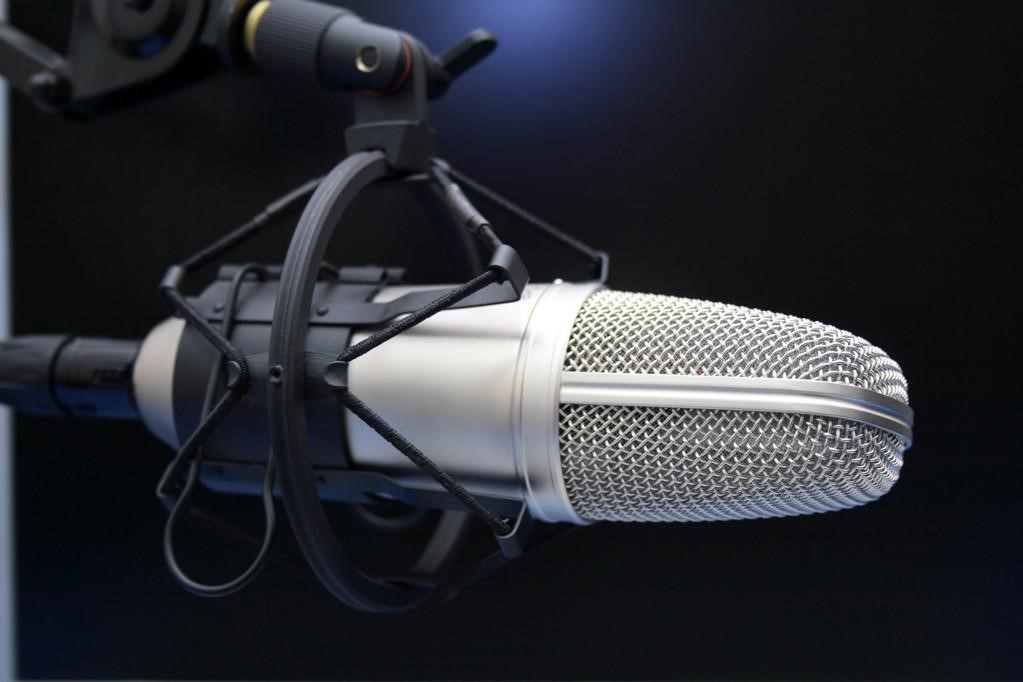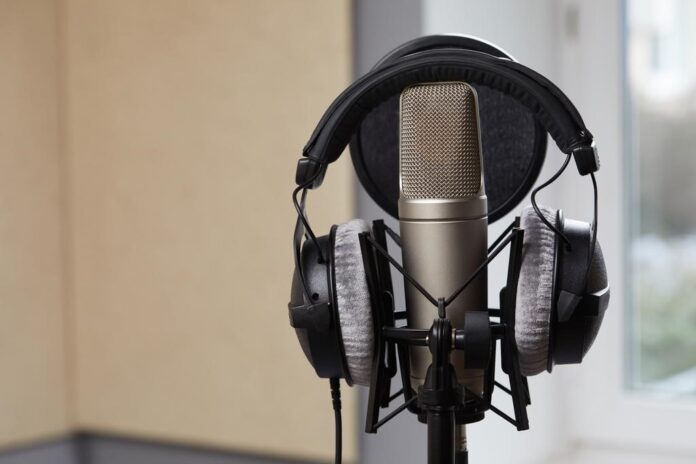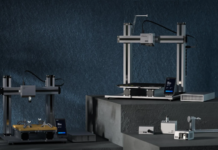Broadcasting MIC
A broadcasting mic is an important tool for any broadcaster. It allows the broadcaster to be heard clearly by the audience and to control the audio levels of their voice. Without a broadcasting mic, the broadcaster would not be able to communicate effectively with their audience.
What is a Broadcasting MIC?
A broadcasting microphone is a type of microphone that is designed for use in radio and television broadcasting. Broadcasting microphones are typically more rugged and durable than other types of microphones, and they are often equipped with features that help to reduce noise and feedback. Broadcasting microphones are available in a variety of shapes and sizes, and they can be used for both handheld and hands-free operations.
The Benefits of a Broadcasting MIC
There are many benefits of using the best broadcasting MIC, including the ability to capture high-quality audio recordings, the elimination of ambient noise, and the prevention of feedback.
A broadcasting MIC is a type of microphone that is specifically designed for use in broadcast applications such as radio and television. Broadcasting MICs are typically more expensive than traditional microphones, but they offer a number of advantages that make them worth the investment.
The most important benefit of using a broadcasting MIC is the high quality of the audio recordings that it produces. Broadcasting MICs are designed to pick up sound from a specific direction while rejecting ambient noise. This results in clear and concise recordings that can be easily understood by listeners.
Another benefit of using a broadcasting MIC is the elimination of feedback. Feedback occurs when sound waves from the speakers reach the microphone and are then amplified again, causing a loud screeching noise. This can be extremely annoying for listeners and can damage speakers over time. Broadcasting MICs are designed to minimize feedback by rejecting sound from all directions except for the front where the speaker is located. This ensures that only desired sound is amplified, preventing feedback from occurring.
Finally, broadcasting MICs also prevent bleed-through from adjacent channels.
The Different Types of Broadcasting MICs
There are several different types of microphones that are used in broadcasting, each with its own unique set of benefits and drawbacks.
The most common type of microphone used in broadcasting is the dynamic microphone. Dynamic microphones are rugged and can handle high sound levels, making them ideal for use in live settings. However, they tend to have a more limited frequency response than other types of microphones, which can make them sound less natural.
Another type of microphone often used in broadcasting is the condenser microphone. Condenser microphones have a much wider frequency response than dynamic microphones, making them more accurate for capturing the nuances of the human voice. However, they are also much more sensitive to background noise and require phantom power to operate.
Finally, there are ribbons microphones, which offer a combination of the best features of both dynamic and condenser microphones. Ribbon microphones have a wide frequency response and are relatively immune to background noise, but they are also quite fragile and expensive.
How to Choose the Right Broadcasting MIC
Picking the right microphone for broadcasting can be a tricky task. But with a little research and the help of an expert, you can make the perfect choice for your needs. Here are a few things to keep in mind when choosing a broadcasting microphone:
- The first thing you need to consider is the type of broadcasts you’ll be doing. Are you doing live news reports? Pre-recorded shows? Interviews? Make sure to pick a microphone that’s well-suited for the type of broadcasts you’ll be doing.
- Another important factor to consider is the size of your broadcast area. If you’re broadcasting from a small studio, you won’t need a powerful, long-range microphone like you would if you were broadcasting from a large stadium or arena.
- You also need to take into account the quality of your broadcast equipment. If you’re using top-of-the-line equipment, it’s important to choose a microphone that won’t bottleneck your audio quality. On the other hand, if you’re using lower-end equipment, it’s not as critical to have an expensive microphone since it likely won’t make much of a difference in audio quality anyway.



























